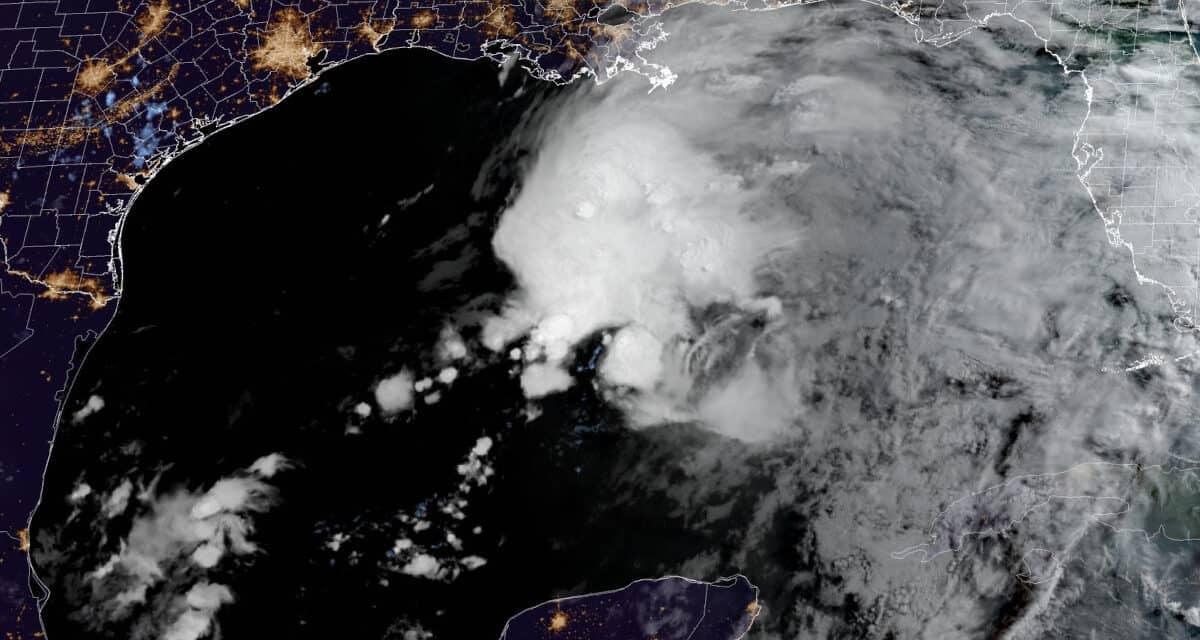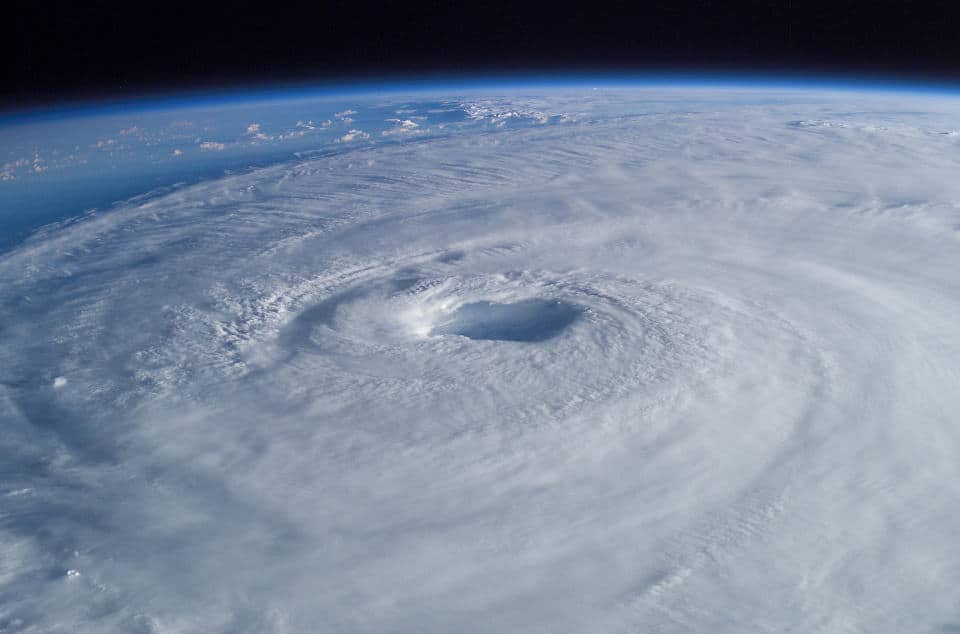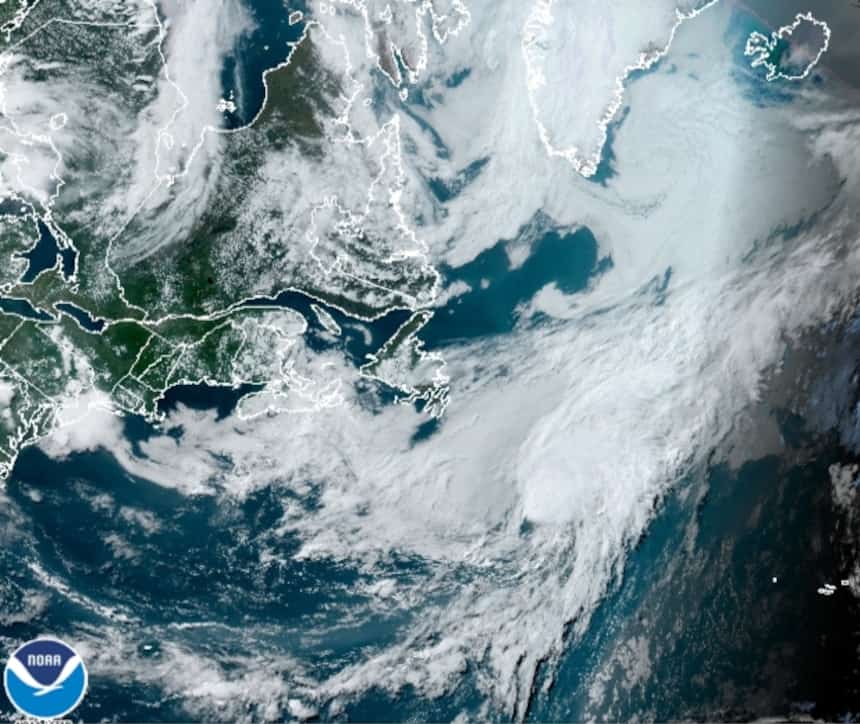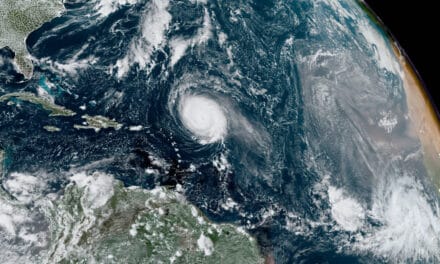Potential Tropical Cyclone 3 approaches the southeast Louisiana Coast on June 17, 2021. NOAA image.
Claudette the Third Named Storm of 2021 Hurricane Season
An area of thunderstorms and showers over the Bay of Campeche gradually organized last past week. As it began moving north on the June 17, the National Hurricane Center expected a tropical depression or subtropical depression to form and prepared to issue Potential Tropical Cyclone advisories. Warnings were issued that afternoon along the Gulf Coast including heavy rain, gusty winds to 30 MPH, and storm surge up to three feet for Louisiana, Mississippi, and Alabama to the border of Florida for Potential Tropical Cyclone 3.
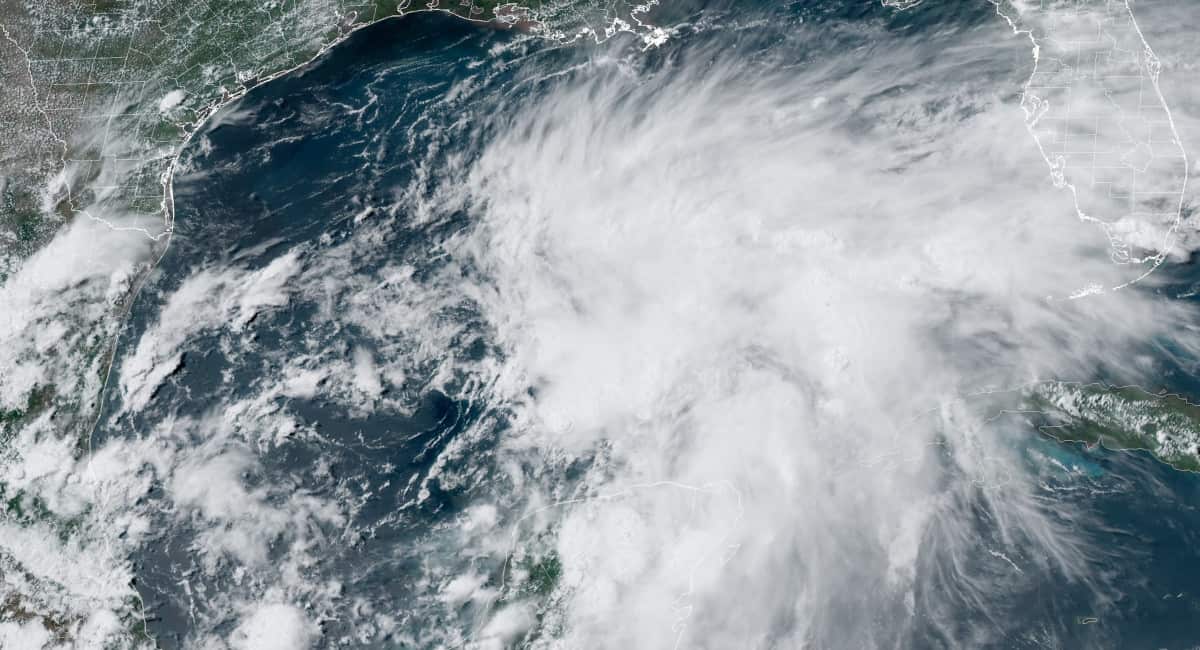
Lack of organization is apparent as Potential Tropical Cyclone 3 approaches southeast Louisiana on June 17, 2021. Though it had tropical storm force winds, the storm was not yet a tropical cyclone. NOAA Satellite Image.
Over the next day and half, the strength of the storm grew although it had not fully organized as a tropical cyclone. At 4 AM on June 19, as the system came ashore in southeast Louisiana, it finally organized into a tropical storm with winds up to 45 MPH. Widespread flooding and tornadoes were the main impacts to the region. An EF2 tornado destroyed a mobile home park where at least 20 people were injured. Tropical Storm Claudette is blamed for the deaths of at least 14 people in Alabama.
Standby Generators for Power Outages Start and Run Automatically, Even in a Hurricane.
Claudette was unusual in that it did not fully organize into a tropical cyclone until after the system made landfall. The Brown Ocean Effect, a phenomenon associated with hot, moist air and soil, contributes to a tropical cyclone and allows it to retain or even gain strength over land instead of weakening.
At 7 AM on the 19th, Claudette was still a tropical storm over the border of Mississippi and Alabama as moved east by northeast at 14 MPH.
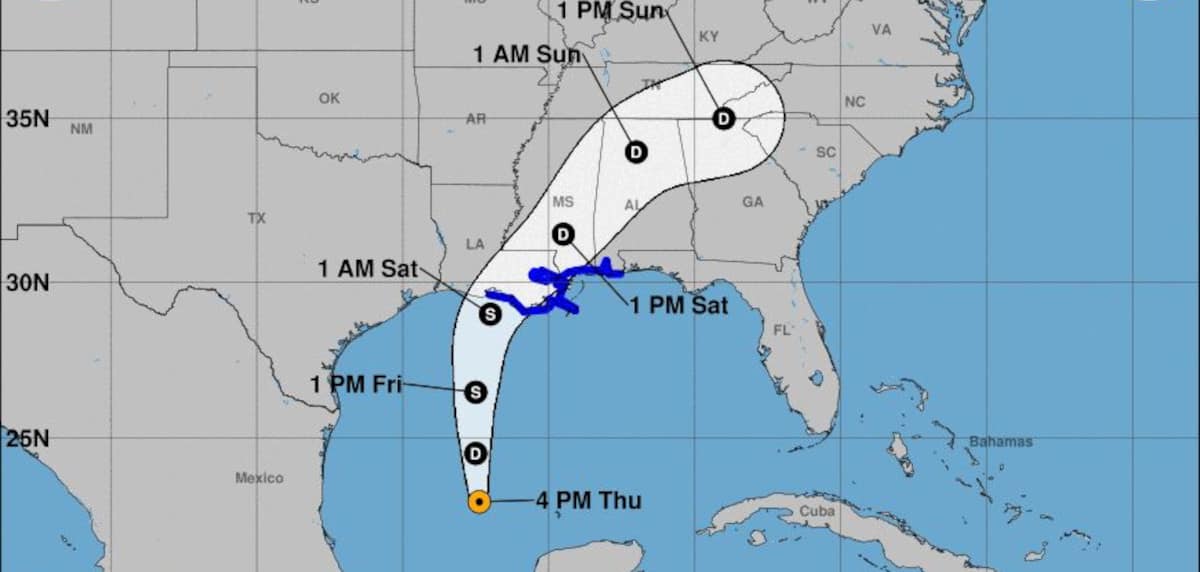
The NHC forecast on June 17 showed the system organizing to a tropical depression and then a tropical storm. However, the system remained a potential storm all the way to the coast of Louisiana. NOAA Graphic.
Energy in a tropical cyclone usually comes from warm ocean water. The ocean absorbs energy from the sun and evaporates. The water vapor rises into the atmostphere and condenses as a cloud, releasing the energy absorbed on the surface. The system turns about a center due to the earth’s rotation.
Tropical Depression Claudette
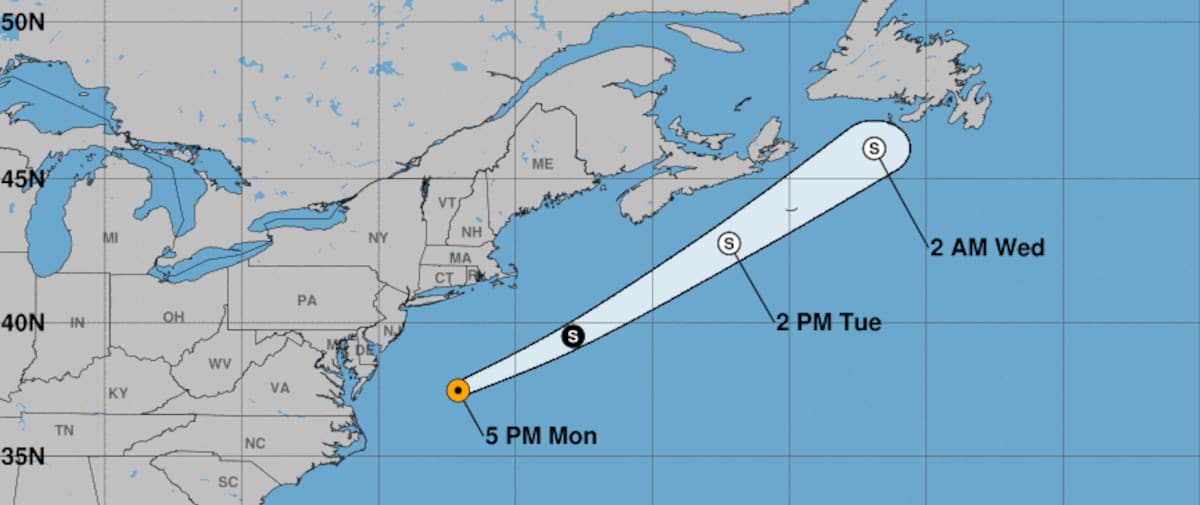
The storm began to gradually weaken and was downgraded to a tropical depression by 4 PM over Alabama. Forecasters predicted that it would regain strength as it neared the Atlantic Coast. Tropical Storm Watches and Warnings were issued for North and South Carolina.
Tornadoes and flooding were responsible for most of the damage. A falling tree killed a father and his daughter. In separate incidents, a man was swept away in flood waters and a woman drowned after driving her car into a flooded waterway. On I-65, hydroplaning on the flooded highway caused a 15-car accident resulting in the deaths of nine children and one adult.
Best Portable Generators for Power Outages
Claudette crossed Alabama into Northern Georgia and then South Carolina on June 20th. It reached North Carolina shortly after midnight on the 21st. The National Hurricane Center upgraded Claudette to a Tropical Storm in their 5 AM advisory. Damage in the Carolinas was minimal as the tropical storm sped through the states at up to 28 MPH. As it moved over the Atlantic at 8 AM on Monday, the 21st, the tropical storm warnings were cancelled. On a northeast track, the storm began to lose strength later in the day over colder water.
The National Hurricane Center issued its final advisory on the remnants of Tropical Storm Claudette on the 22cd.
Claudette underwent two unusual transformations. First from potential tropical cyclone over the gulf to tropical storm over land, and then again over land from tropical depression to tropical storm. This type of organization and strengthening over a land mass is unusual. In Louisiana and South Carolina, the Brown Ocean Effect may have helped the storm organize and strengt
Hurricane Preparedness
- Hurricane Hazards and Risk Factors
- Make a Hurricane Evacuation Plan
- Hurricane Preparedness Kits and Supplies
- Hurricane Insurance Checkup and Updates
- Prepare Your Home for Hurricanes
- Help Neighbors with Hurricane Preparedness
- Complete Your Hurricane Preparedness Plan
- Emergency Preparedness Tips
- How to Prepare for a Power Outage
- 10 Tips to Survive a Hurricane Disaster
- FEMA Recommends a Generator
- Hurricane Disaster Preparedness
The Brown Ocean effect refers to tropical energy transfer over land. Similar to a warm ocean, moist ground absorbs energy from the sun. The water evaporates and rises to release its energy when it condenses. It may have helped Claudette make the transformation to tropical cyclone over land and restrengthen near the Atlantic Coast.

